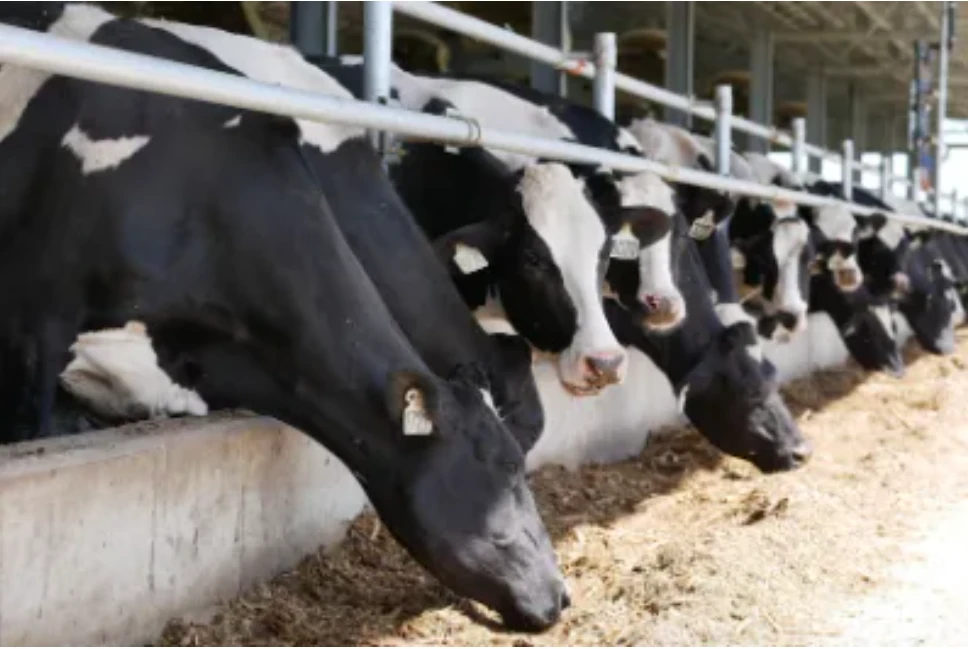 Abdulazeez Abubakar
1 week ago
Abdulazeez Abubakar
1 week ago
Overview
Breeding of Heat Tolerant Dairy Cows: How It Started
As climate change intensifies, livestock farmers across the globe face increasing challenges—one of the most pressing being heat stress in cattle. In a pioneering response to this growing concern, Australian scientists have developed a game-changing tool: the Heat Tolerance Australian Breeding Value (HTABV), a genetic index designed to identify and promote heat-tolerant dairy cattle.
The tool’s story is rooted in years of research by Dr. Thuy Nguyen, a Melbourne-based geneticist, who sought to address the productivity decline and welfare issues experienced by dairy cows during extreme heat conditions. Traditional methods of evaluating cattle performance are rarely factored in climate adaptability. But as rising global temperatures began to severely impact milk production and animal health, the need for innovation became undeniable.
Launched in partnership with Dairy Australia and supported by extensive research, HTABV evaluates the genetic capacity of dairy cattle to withstand high temperatures using a simple DNA sample—often just a tuft of hair. Once analyzed, each animal is rated on a scale centered at 100, with higher scores indicating stronger genetic resilience to heat stress.
This revolutionary approach allows dairy farmers to selectively breed cows that are naturally better suited for Australia’s increasingly warm climate. One early adopter, New South Wales dairy farmer Trevor Parrish, reported that 20 percent of his herd now carries enhanced heat-tolerance genetics thanks to the tool. This adaptation is vital as heat-stressed cows are less likely to feed adequately, and in severe cases, may stop eating altogether—leading to milk yield reductions of up to 40 percent, according to Dairy Australia.
Beyond productivity, HTABV is also seen as a welfare tool. “It’s about maintaining the cow’s welfare as much as it is maintaining the productivity effects,” said Stephanie Bullen, Dairy Australia’s lead for national animal health and welfare. She emphasized that the innovation speaks not only to economic viability but also to ethical animal farming practices in a warming world.
Now used by a growing number of Australian farmers, the Heat Tolerance Australian Breeding Value marks a turning point in livestock genetics and climate adaptation. From a single strand of hair to the foundation of a resilient future for dairy, this tool is proof that innovation and science can drive sustainable agriculture in the face of climate uncertainty.
https://agronigeria.ng/breeding-of-heat-tolerant-dairy-cows-how-it-started/#:~:text=The%20tool's%20story%20is%20rooted,rarely%20factored%20in%20climate%20adaptability.



